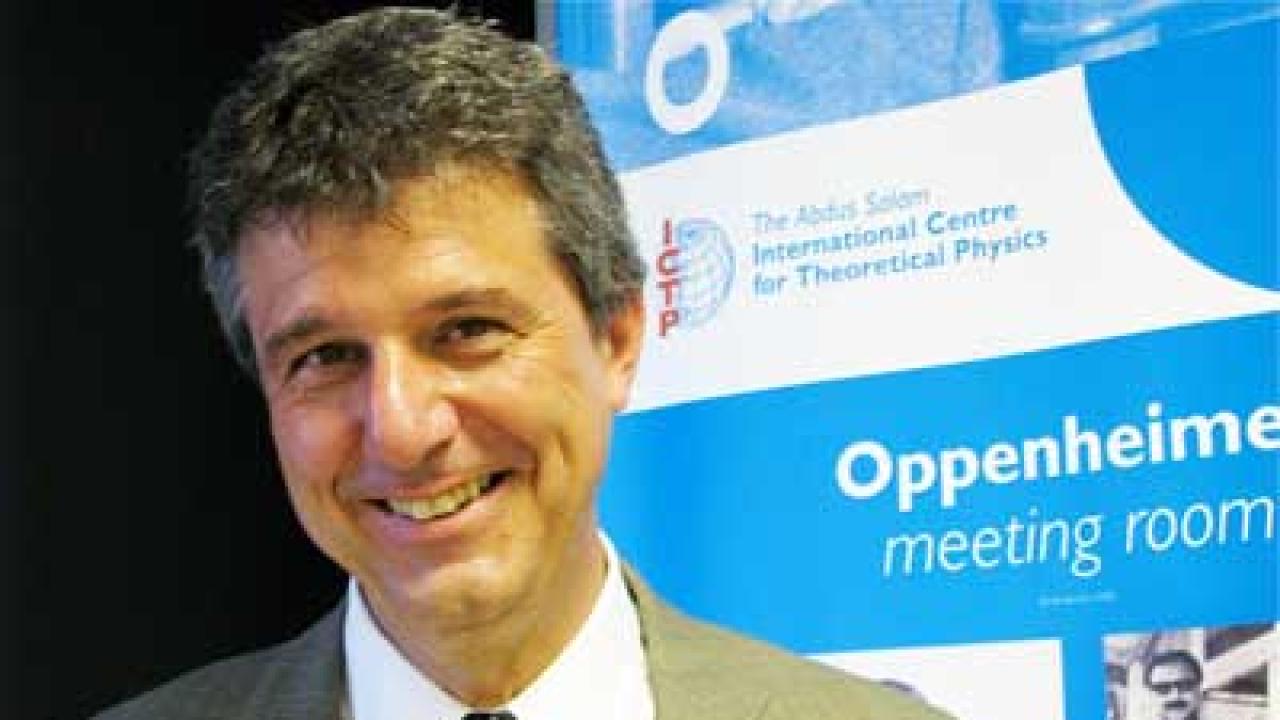
Thirteen kilometres from ICTP, Mauro Giacca and co-workers at the
International Centre for Genetic Engineering and Biotechnology (ICGEB)
genetically engineer viruses to treat cardiovascular disorders. The work
seems distant from theoretical physics.
But the field of gene therapy offers many opportunities for physics
research, said Giacca after giving a seminar on gene therapy Tuesday at
ICTP. Giacca, who is the director of ICGEB's Trieste component,
explained that determining which genes to target remains a puzzle.
Physicists can help by computationally modelling the relevant genetic
pathways, for instance.
"This shows how essential it is for an institute like ours to do
multidisciplinary talks," said ICTP astrobiologist Julian Chela-Flores,
who coordinated the seminar. "All these areas have an enormous shared
frontier."
The most rapidly developing area in gene therapy is the treatment of
organs that cannot regenerate, such as the retina, brain, or heart,
Giacca said. His lab works on potential genetic treatments for
cardiovascular disorders. To help relieve damaged blood vessels, the
team uses a gene that spurs the formation of new capillaries. A harmless
vector—the adeno-associated virus—carries the gene into skeletal muscle
cells and causes new blood vessels to appear. There are possible side
effects, however. The capillaries become too numerous and leaky if the
gene is active for too long.
Much research remains to be done. With an eye to the future, Giacca and
colleagues are expanding an ICGEB library of human genes that could be
tested as therapeutics.
















